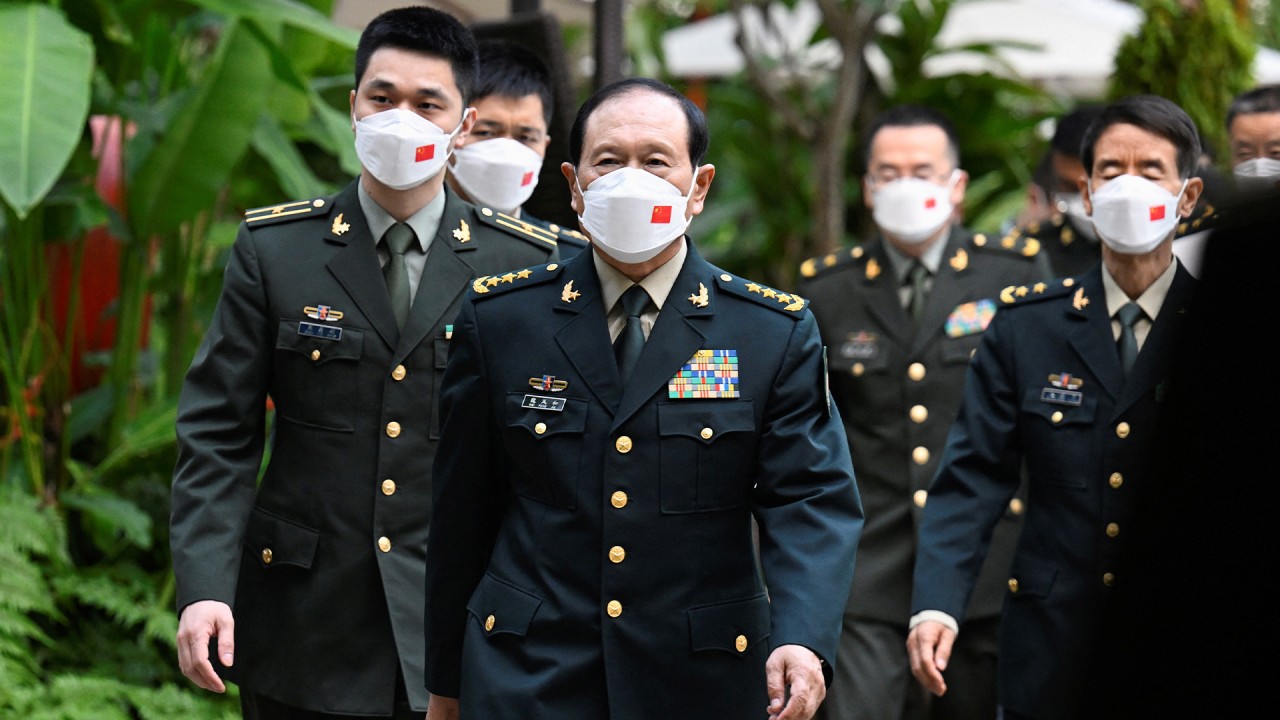
India remains the wild card in US-China security tussle in Asia
- In highlighting Beijing’s territorial aggressiveness and singling out New Delhi for closer ties, the US is seizing on India’s swing-state status in the post-Cold-War strategic hexagon
- India still maintains security ties with Russia and China but the troubled Sino-Indian relationship may yet be the critical determinant in shaping Asian security
The most significant takeaway is that this year’s meeting was held in person after a two-year Covid-19 hiatus, enabling high-level and personal interactions on Asian and global security issues against a backdrop of considerable geopolitical turbulence engendered by the war in Ukraine.
Framing the Ukraine crisis as a critical issue of global relevance, Austin raised three questions: “Do rules matter? Does sovereignty matter? Does the system that we have built together matter?”

The reference to partners brings India into the picture and here the subtext is instructive. In his speech, Austin referred to US allies in the region (Australia, Japan, the Philippines, South Korea and Thailand) and said they represented “a profound source of stability” even as the US was “weaving closer ties with other partners”.
He added: “I’m especially thinking of India, the world’s largest democracy. We believe that its growing military capability and technological prowess can be a stabilising force in the region.”
Furthermore, while dwelling on China’s territorial assertiveness, Austin noted that “further to the west, we see Beijing continue to harden its position along the border that it shares with India”.
India’s US-Russia balancing act makes for an uneasy Quad alliance
Even as the India-China territorial dispute continues to fester and the two armies are in wary proximity in the contested Ladakh region, with troop numbers maintained at high levels, New Delhi hosted a three-day SCO meeting this week on border management.
And, in a related development, Indian Prime Minister Narendra Modi is expected to join a virtual BRICS summit hosted by China on June 24. This summit will be the first meeting between the leaders of Russia, China and India since Moscow launched its war on Ukraine on February 24. What is seen as political dexterity by New Delhi is being interpreted as duplicity by its most severe critics.
But even as US alliances and partnerships in the Indo-Pacific have been denounced by China and Russia, the swing state in this strategic hexagon is India – which remains the key variable. The texture and content of the troubled Sino-Indian relationship may yet be the critical determinant that could soon shape Asian security.
Commodore C. Uday Bhaskar is director of the Society for Policy Studies (SPS), an independent think tank based in New Delhi


